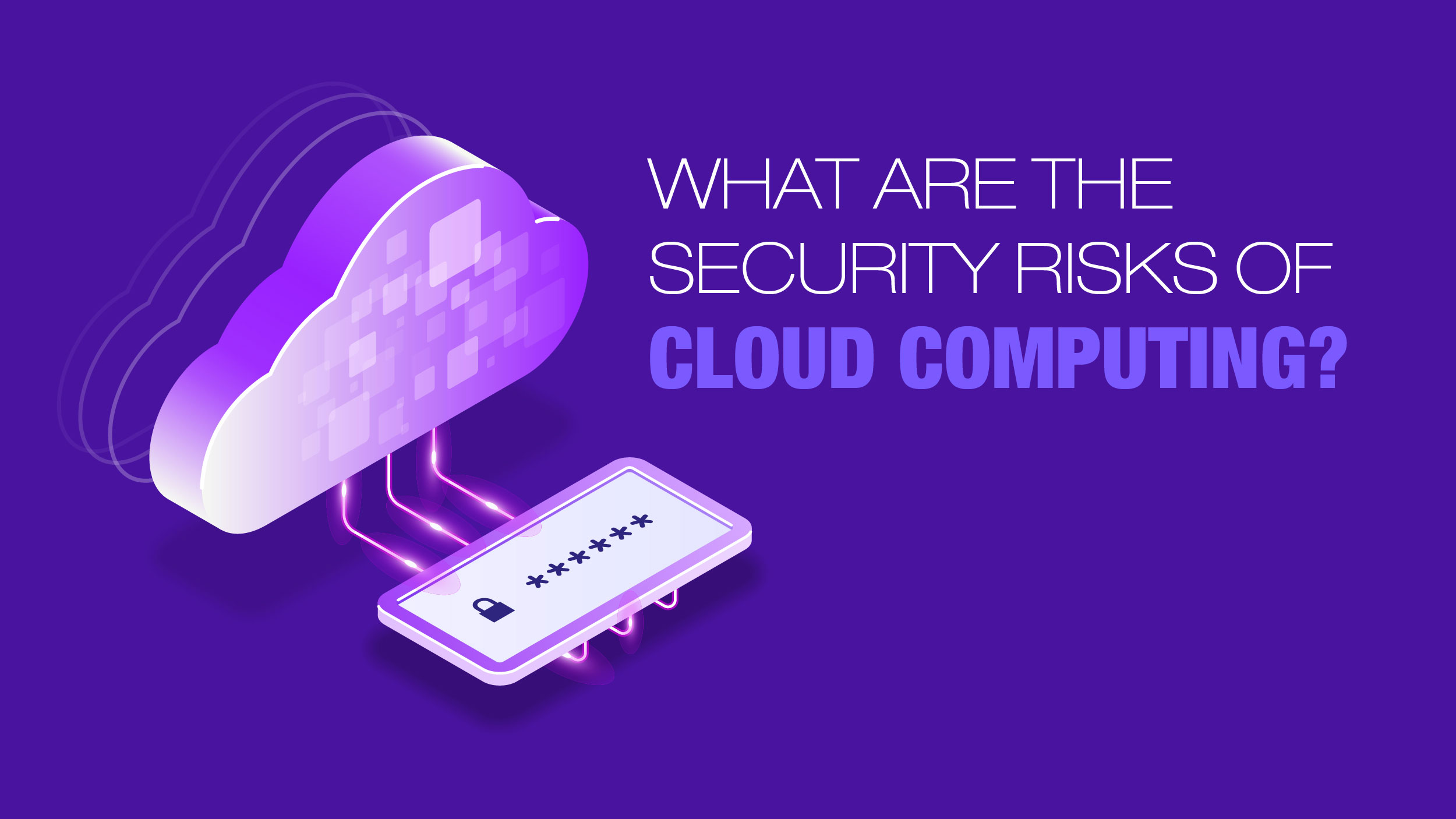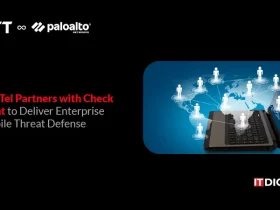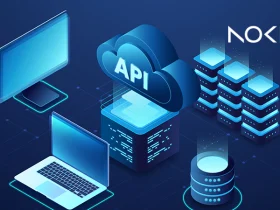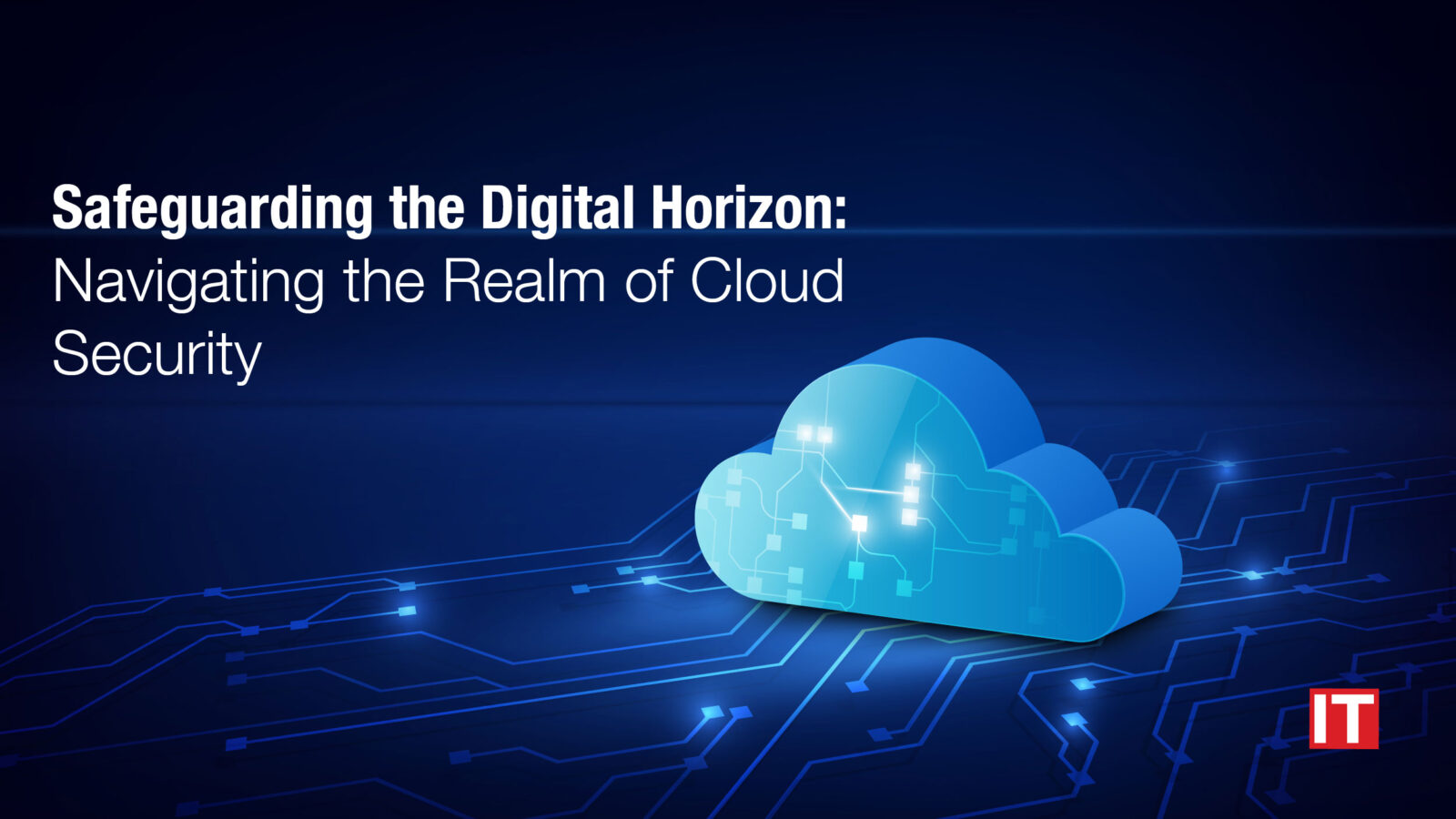In today’s digital landscape, where data serves as the lifeblood of organizations, the advent of cloud technology has revolutionized how businesses operate. Cloud computing offers unparalleled flexibility, scalability, and cost-effectiveness, enabling businesses to achieve new heights of efficiency and innovation.
However, as the digital ecosystem evolves, concerns about data security and privacy have taken center stage. This blog delves into the multifaceted realm of cloud security, shedding light on its importance, challenges, and strategies to mitigate risks.
What is Cloud Security?
With the proliferation of cloud services, the significance of cloud security cannot be overstated. According to the most recent projections from Gartner, global end-user spending on public cloud services will increase by 20.7% to $591.8 billion in 2023 from $490.3 billion in 2022. This exponential growth highlights the critical role cloud services play in modern business operations. Yet, this growth also amplifies the urgency of safeguarding data in cloud environments.
Data breaches, illegal access, and data loss become major concerns when firms move sensitive data and processes to the cloud. According to a McAfee report, outside parties are responsible for 70% of cloud data breaches. This emphasizes the requirement for strong security measures to fend against prevalent cyber threats.
Why Is Cloud Security Important?
 Business-critical apps and data are advancing to reputable third-party cloud service providers (CSPs) as enterprise adoption of the cloud increases. Prominent CSPs mostly include standard cybersecurity tools with monitoring and alerting features, but internal IT security staff may not find these tools helpful, indicating numerous cybersecurity gaps between what the CSP offers and the needs of organizations. This raises the possibility of data loss and theft.
Business-critical apps and data are advancing to reputable third-party cloud service providers (CSPs) as enterprise adoption of the cloud increases. Prominent CSPs mostly include standard cybersecurity tools with monitoring and alerting features, but internal IT security staff may not find these tools helpful, indicating numerous cybersecurity gaps between what the CSP offers and the needs of organizations. This raises the possibility of data loss and theft.
Business executives must weigh the advantages of using cloud services with the level of data security risk their firms are willing to incur because no enterprise or CSP can completely eradicate security threats & vulnerabilities.
To minimize breaches, data loss, noncompliance, and fines, as well as to preserve business continuity (BC), it is essential to implement the proper cloud security procedures and policies.
The centralization of programs and data, as well as the security of those apps and data, is one of the main advantages of the cloud. Eliminating the need for specialized hardware also lowers costs and administration requirements for businesses while boosting dependability, scalability, and flexibility.
How Does Cloud Security Work?
There are three primary environments in which cloud computing is used:
- CSPs provide hosting for public cloud services. These consist of infrastructure as a service (IaaS), software as a service (SaaS), and platform as a service (PaaS).
- Private clouds are those that are hosted by or for a specific company.
- Public and private clouds can both be found in hybrid clouds.
As a result, there are two types of cloud security mechanisms: those provided by CSPs and those deployed by consumers. It’s crucial to remember that the CSP or the customer rarely handle security entirely on their own. Typically, a shared responsibility paradigm is used in a collaborative effort.
What Are the Security Risks of Cloud Computing?
 Cloud computing security risks include data loss, unauthorized access, and malware infection.
Cloud computing security risks include data loss, unauthorized access, and malware infection.
To combat this, companies need to take steps to defend themselves against risks, safeguard against internal threats, and protect themselves against malware.
Notably, over 90% of malware is sent via email, and employees often download malware unknowingly. Malicious malware goes a step further by establishing fraudulent shops online to steal files or corrupt downloaded content.
How to Secure Your Data in the Cloud?
Given below are the four top strategies that can help minimize cloud risks:
- Encryption: In terms of cloud data security, encryption is a crucial layer of defense. 93% of businesses employ encryption to safeguard sensitive data on the cloud. Encryption minimizes the effect of potential breaches by making data unreadable to unauthorized parties.
- Multi-Factor Authentication (MFA): MFA usage has changed the game when it comes to cloud security. Microsoft research claims that MFA can stop more than 99.9% of account compromise attacks. Multiple forms of authentication (MFA) give an additional degree of security against illegal access.
- Regular audits and monitoring: The most important thing is to be cautious. According to a Netskope study, the probability of security incidents is cut by 54% when cloud environments are continuously monitored and audited. Regular assessments help to quickly identify weaknesses and take necessary action.
- Vendor risk analysis: Cloud service providers are essential collaborators in maintaining security. According to a Forrester survey, third-party providers are responsible for 44% of security breaches. To avoid potential data leaks, rigorous evaluations of providers’ security processes are crucial.
Cloud security affects an organization’s brand and financial performance in ways that go beyond data security. The average cost of a data breach, according to a recent study, is a startling $3.86 million. This includes charges for the inquiry, warnings, legal actions, and diminished customer confidence.
Google Cloud Security offers a cloud access security broker (CASB) to help organizations control and secure their cloud usage. Businesses must emphasize cloud network security as consumers’ concerns about data privacy grow to preserve their reputation and clientele.
To protect themselves, companies should implement a layered security approach that includes:
- Email filtering to block malicious emails
- Anti-virus software to scan for and remove malware
- Data loss prevention (DLP) to prevent sensitive data from being leaked
- Employee training on how to identify and avoid malware
- Regular security audits to identify and fix vulnerabilities
The Road Ahead: Future Trends in Cloud Security
Cloud security is a field that is always changing to address new opportunities and problems. The development of Zero Trust architecture is one noticeable trend. Network security has traditionally operated under the “trust but verify” tenet. The Zero Trust strategy, however, requires verification for every connection because no entity is intrinsically trustworthy. By implementing granular access controls, real-time monitoring, and behavior analysis, organizations can establish a robust defense mechanism that adapts to the dynamic nature of modern data environments.
Conclusion
In the digital age, cloud security is an unbreakable cornerstone that guarantees the secure and efficient operation of enterprises all over the world. With its revolutionary potential come great hazards, calling for a comprehensive strategy for protecting operations and data.
Organizations may confidently traverse the cloud ecosystem by encrypting data, using multi-factor authentication, monitoring data continuously, and doing careful vendor assessments. The significance of cloud security alliances is indisputable as the digital horizon widens, strengthening the framework on which organizations thrive.

































